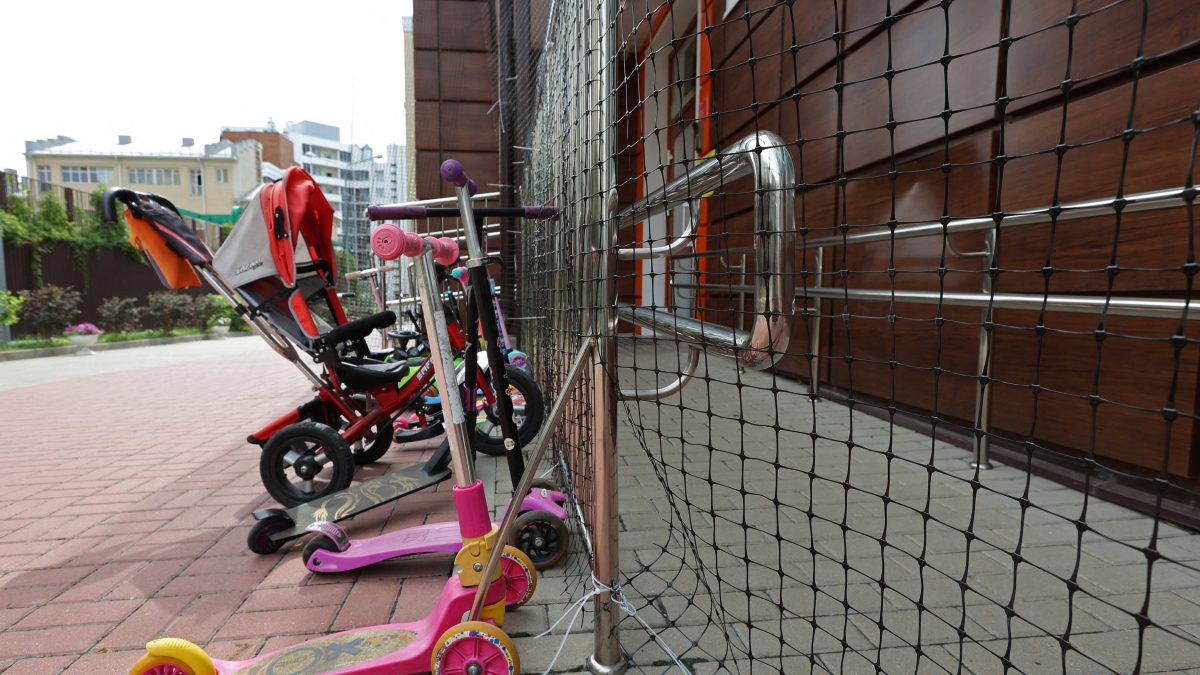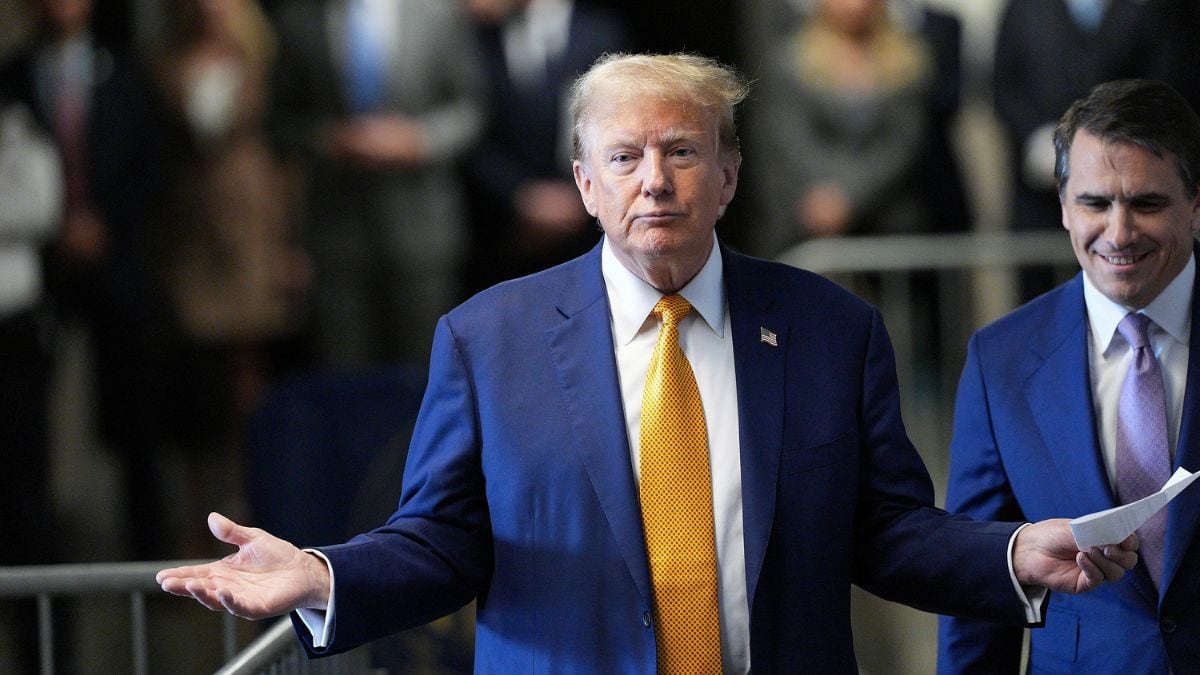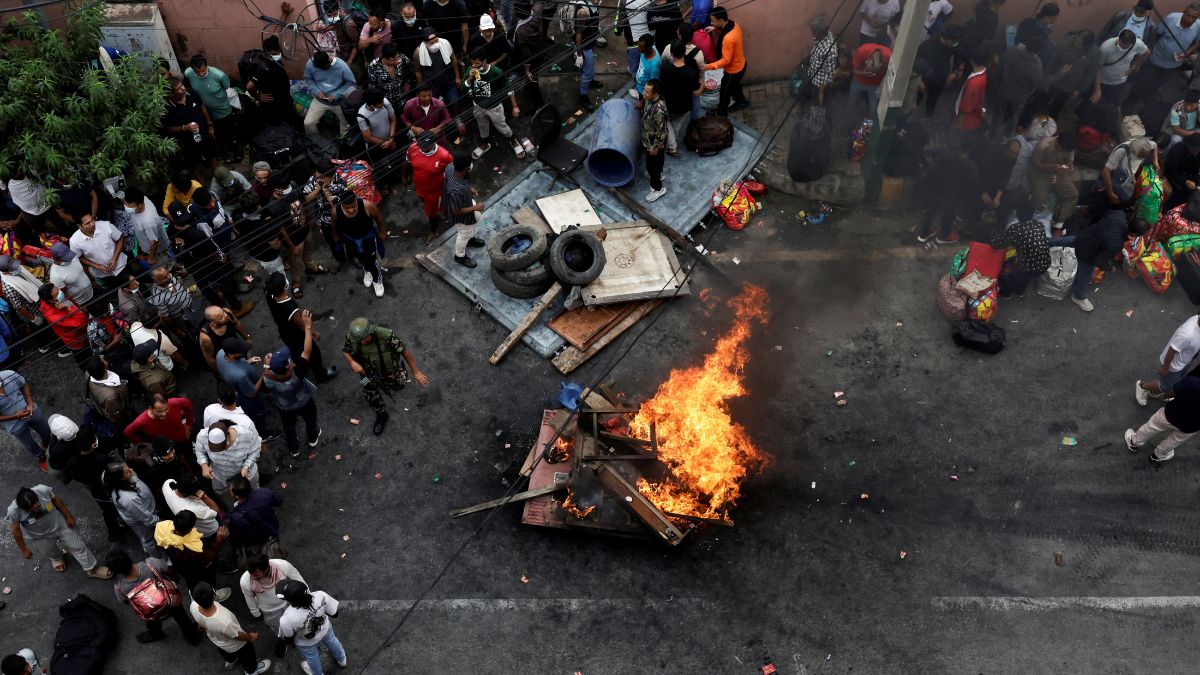Reports from the battlefield in Ukraine have suggested that artificial intelligence-powered drone swarms have been deployed in active combat for the first time. Unlike conventional drones that are piloted individually by human operators, this new technology enables groups of unmanned aerial vehicles (UAVs) to coordinate and make tactical decisions among themselves.
According to accounts cited by The Wall Street Journal, during a recent nighttime mission three Ukrainian drones flew toward a Russian position, decided collectively when to strike and executed the attack without direct human intervention.
From remote-control to autonomy
For years, drones have been a constant feature of the Ukraine war, with both Ukrainian and Russian forces using them for surveillance, targeting and attacks. Traditionally, each UAV has required its own operator, which limited efficiency and stretched manpower.
The recent Ukrainian strikes, however, represented a leap forward. Instead of being remotely commanded moment by moment, the drones were given a target zone, after which they determined the precise timing and method of the assault themselves.
Military analysts said this development showed Ukraine’s position at the cutting edge of drone warfare technology.
How the swarms function
The system at the heart of these operations was developed by the Ukrainian company Swarmer. Its software allows groups of UAVs to communicate in real time, distribute tasks and adapt mid-mission.
The firm’s chief executive, Serhii Kupriienko, told The Wall Street Journal that an operator sets the target and “the drones do the rest”. He explained that the UAVs are designed to work together and adjust to unexpected changes, such as one drone running low on power.
In practice, a reconnaissance drone often maps the route to a target, while bomb-carrying drones determine which will release its payload first. This reduces the need for human micromanagement, cutting the number of operators required for a mission from nine to three.
Impact Shorts
More ShortsScaling the swarm
So far, Ukraine has typically used three drones at a time, though in some cases as many as eight have been deployed. Tests with Swarmer’s system have reportedly scaled up to 25 UAVs, with the company preparing for trials involving more than 100.
Military experts have speculated that future swarms could consist of hundreds or even thousands of units operating in concert, capable of overwhelming even sophisticated air-defence systems.
Robert Tollast of the Royal United Services Institute remarked that although Ukraine’s operations do not yet represent a full-scale swarm in the strictest sense, even a limited level of autonomous coordination marks an important milestone, reported The Wall Street Journal.
Strategic and practical benefits
The introduction of AI-driven coordination provides Ukraine with several advantages. First, it reduces the demand for trained operators at a time when Kyiv is facing a manpower disadvantage against Russia.
Second, it allows missions to be executed more quickly, since drones can process situational data and respond faster than humans monitoring each aircraft separately.
Third, direct drone-to-drone communication makes them less vulnerable to jamming, a common tactic employed by Russian forces to disrupt UAV operations.
Battlefield applications
Ukrainian officers have indicated that the swarm software has already been used in over a hundred missions, ranging from targeting trenches to striking equipment and infrastructure. One common tactic reportedly involves a reconnaissance drone locating enemy positions while two armed drones prepare for attack.
After mapping the route, the system enables the drones themselves to decide which will drop ordnance and when, depending on evolving conditions. This flexibility helps compensate for limited resources while maximising the effectiveness of each sortie.
Challenges in deployment
Despite its promise, the technology has not been without challenges. Ukrainian sources acknowledged that early versions of Swarmer’s software suffered from excessive data-sharing among drones, which overloaded networks and hindered performance.
Another major limitation is cost. Ukraine is known to have produced more than 1.5 million drones last year alone, with many lost in combat. Making each unit more sophisticated and AI-capable increases expenses, potentially reducing the scale at which such swarms can be deployed.
Global race for swarm supremacy
The concept of AI-controlled swarms has been studied by militaries worldwide for years. The United States tested more than 100 micro-drones in 2016, demonstrating advanced behaviours such as collective decision-making and adaptive formations.
Israel was reported to have used small drone swarms in Gaza in 2021, though little has been said about that capability since.
China, Russia, France and South Korea are also pursuing swarm programmes, but until the Ukrainian missions became public, experts had not identified any country using the technology routinely in active combat.
Ethical and legal dilemmas
The rise of AI on the battlefield has revived longstanding debates about autonomous weapons. Allowing machines to decide when and how to attack inevitably raises questions about accountability, civilian safety and the moral limits of delegating lethal decisions to algorithms.
The United Nations has repeatedly called for regulation of so-called “killer robots,” and Western militaries currently require a human to remain in the so-called kill chain before lethal action is taken.
While Swarmer has stressed that humans ultimately authorise strikes, critics worry that growing reliance on autonomy may eventually erode oversight, The Wall Street Journal reported.
Saving time, saving manpower
Supporters of the technology argue that autonomy is not just a matter of efficiency but of survival. A Ukrainian officer explained that using swarm software cut the need for operators by two-thirds, freeing up personnel for other tasks.
Kupriienko emphasised that one pilot can now manage many drones, a decisive advantage for Ukraine given Russia’s larger pool of soldiers.
Analysts also noted that reducing operator dependence helps lower the risks of communication failures or interference, which are common in contested battle zones.
A prophecy realised
Drone-warfare specialists have often described swarms as a transformative concept that remained more theoretical than practical. Zak Kallenborn, an expert at King’s College London, observed that until recently swarming was largely confined to demonstrations and predictions.
The fact that Ukraine is now carrying out such operations on the battlefield, he said, marks the point at which prophecy has begun to merge with reality.
What to expect next
As Ukraine continues to refine swarm technology, the implications for global security are profound. Future conflicts could see skies filled with thousands of autonomous drones coordinating across vast battlefields, saturating defences, and making real-time tactical decisions.
The technology promises greater speed and efficiency, but also risks a future in which machines hold unprecedented power over life and death.
Ukraine’s pioneering use of AI drone swarms suggests that the era of autonomous combat has arrived and with it a host of strategic opportunities and ethical challenges that the world has only begun to grapple with.


)

)
)
)
)
)
)
)
)



